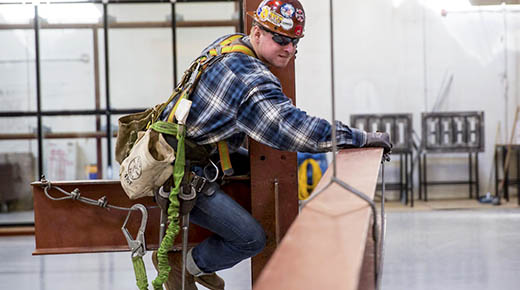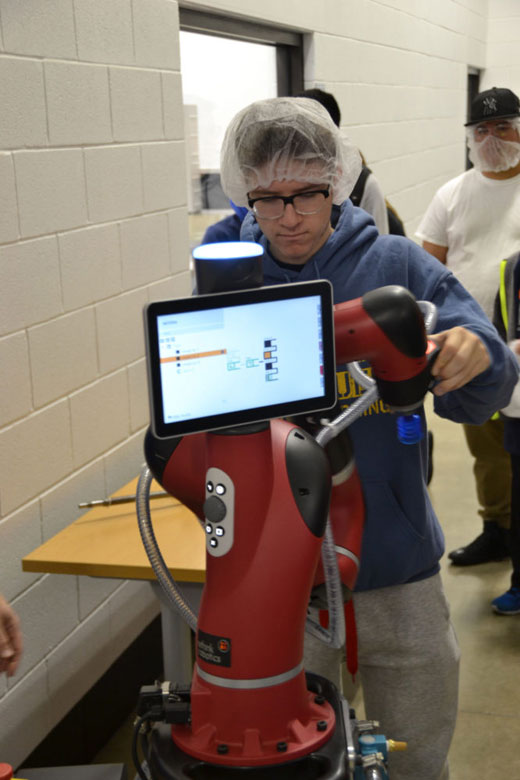The high school students clustered around a 4 ft-tall red robot with long arms and cartoonish eyes. A so-called collaborative robot, programmed to work with humans at Prent Corp., a packaging company, it looked cute, not intimidating.
|
ADVERTISEMENT |
But on this annual Manufacturing Day, which during the last few years has given local high schoolers the chance to don safety goggles and step inside factory walls, the robot delivered the not-so-subtle reminder of what their teachers have tried to drill into them: The unskilled jobs that paid earlier generations so well are dwindling, gone offshore and to robots like this one. To compete for the manufacturing jobs of tomorrow, these teenagers will need specialized skills.
|
|
…


Add new comment